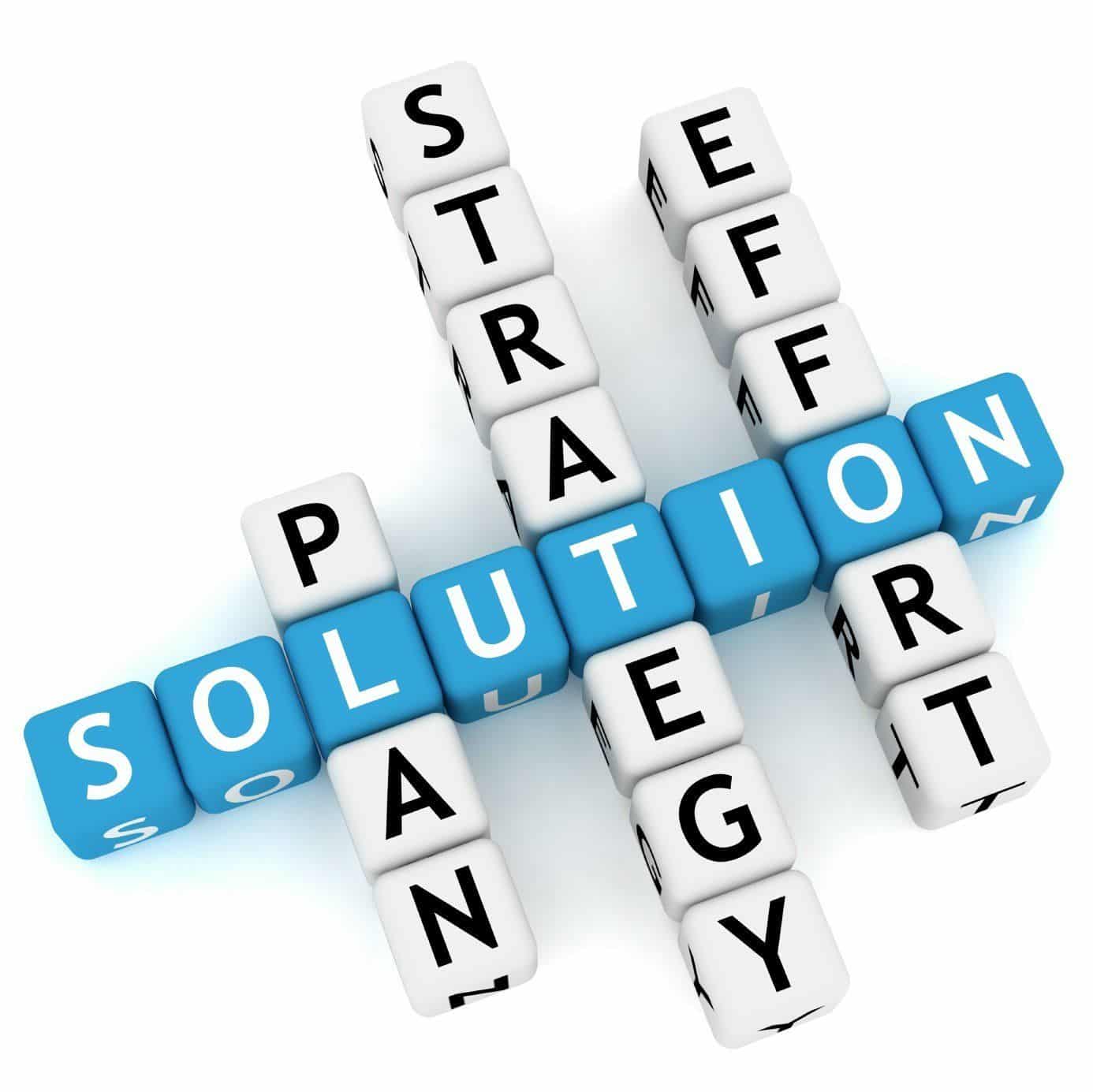We build these altars to data, convincing ourselves that if we can just measure the world with enough granularity, we can control it. We create dashboards that glow with the promise of certainty, charts that trend upward, metrics that flatter our decisions. We want to believe that success is a formula, a set of key performance indicators that, if tweaked correctly, will yield predictable results. This is the great, seductive lie of the modern age. We’ve become so obsessed with the instruments of measurement that we’ve forgotten how to read the sky.
“We’ve become so obsessed with the instruments of measurement that we’ve forgotten how to read the sky.”
Beyond the Quantifiable
The real forces that shape our work, our lives, our companies-they don’t fit neatly into a cell in a spreadsheet. You cannot quantify the trust of a team, the momentum of a market shift, or the creeping dread of a product that has lost its soul. You can’t assign a numerical value to the gut feeling that your entire strategy, despite hitting all 47 of its quarterly targets, is fundamentally wrong. Yet we try. We invent proxy metrics, vanity numbers that give us the illusion of insight without the burden of wisdom.
The Bounce Rate Paradox
I spent a year, a whole miserable year, optimizing a website’s bounce rate. I celebrated every tenth of a percent I shaved off. It was a masterpiece of A/B testing and user flow analysis. Then I found out our most loyal, highest-paying customers had the worst bounce rates. Why? Because they knew exactly what they wanted. They’d land on the page, grab the one specific piece of information they needed, and leave. They were brutally efficient. My charts told me they were disengaged users; reality showed they were our most engaged. The instrument was perfect; the interpretation was a catastrophe. It wasn’t just any device I was using in my analysis; it was the metaphorical equivalent of a professional wind speed sensor, precise and accurate, but I had pointed it at a painting of a storm instead of the storm itself.
Simon B.K.’s Split Screen
I think about Simon B.K. He moderates livestreams for a creator with a massive following. His screen is split. On one side, he has the hard data: 77,777 concurrent viewers, 237 new subscribers this hour, a stream of donations totaling $777. His boss loves these numbers. They are clean, defensible, and look fantastic in a report. On the other side of his screen is the chat. The chat is chaos. It’s a waterfall of inside jokes, genuine questions, waves of emojis, sudden arguments, and moments of profound, unexpected connection. The chat is unmeasurable. It has a texture, a temperature. It has a soul. The numbers tell Simon how many people are watching. The chat tells him why.
Hard Data
“The numbers tell Simon how many people are watching. The chat tells him why.”
One day, the numbers were fantastic-a record high. But Simon felt a knot in his stomach. The vibe in the chat was off. It was brittle, sarcastic, hollow. The community was performing, not participating. He tried to explain this to his boss. He used words like ‘sentiment’ and ‘resonance’. His boss asked for a chart. “How do we quantify ‘vibe’?” he asked, not as a genuine question, but as a dismissal. The very act of trying to quantify it would kill it. You can’t survey a soul into existence.
The Illusion of Progress
It’s the obsession with the clean signal. I catch myself doing it all the time. Just this morning, a software I haven’t opened in months prompted me to update. A list of 237 new features scrolled by. I clicked ‘update’. For a moment, I felt a sense of accomplishment. My system was improving. My tools were getting sharper. But I will never use those features. The update was a form of productive procrastination, a measurable action that produced no meaningful outcome. It was the corporate equivalent of tweaking a sensor on a balcony while a hurricane forms out at sea. We are addicted to the feeling of progress, even when it’s an illusion.
Software Update Progress
100% (237 Features)
A feeling of progress, even when it’s an illusion.
Intuition, Not Instruments
This isn’t an argument against data. It’s an argument against outsourcing our intuition to it. Data is a powerful tool for validating what you already feel, for spotting anomalies in what you already understand. It is a terrible replacement for experience, taste, and courage. The most critical decisions are always made with incomplete information. They are leaps of faith, guided by a compass, not a GPS. The dashboard can tell you your speed and fuel consumption, but it can’t tell you if you’re on the right road.
Feeling the Wind
Simon B.K. tried a new approach. During one stream, he minimized the analytics window. He turned off the viewer count, the sub notifications, all of it. For 47 minutes, he focused only on the chaotic, beautiful, unmeasurable torrent of the chat. He stopped being a data analyst and became a part of the conversation. He responded to the subtle shifts in tone, fanned the flames of a funny tangent, and waded into a difficult but necessary debate. The stream felt alive. It felt human. He had no idea what the numbers were. For the first time in a long time, he didn’t care. He was no longer measuring the wind; he was feeling it on his face.


